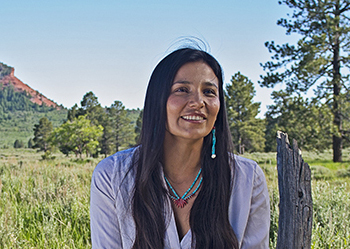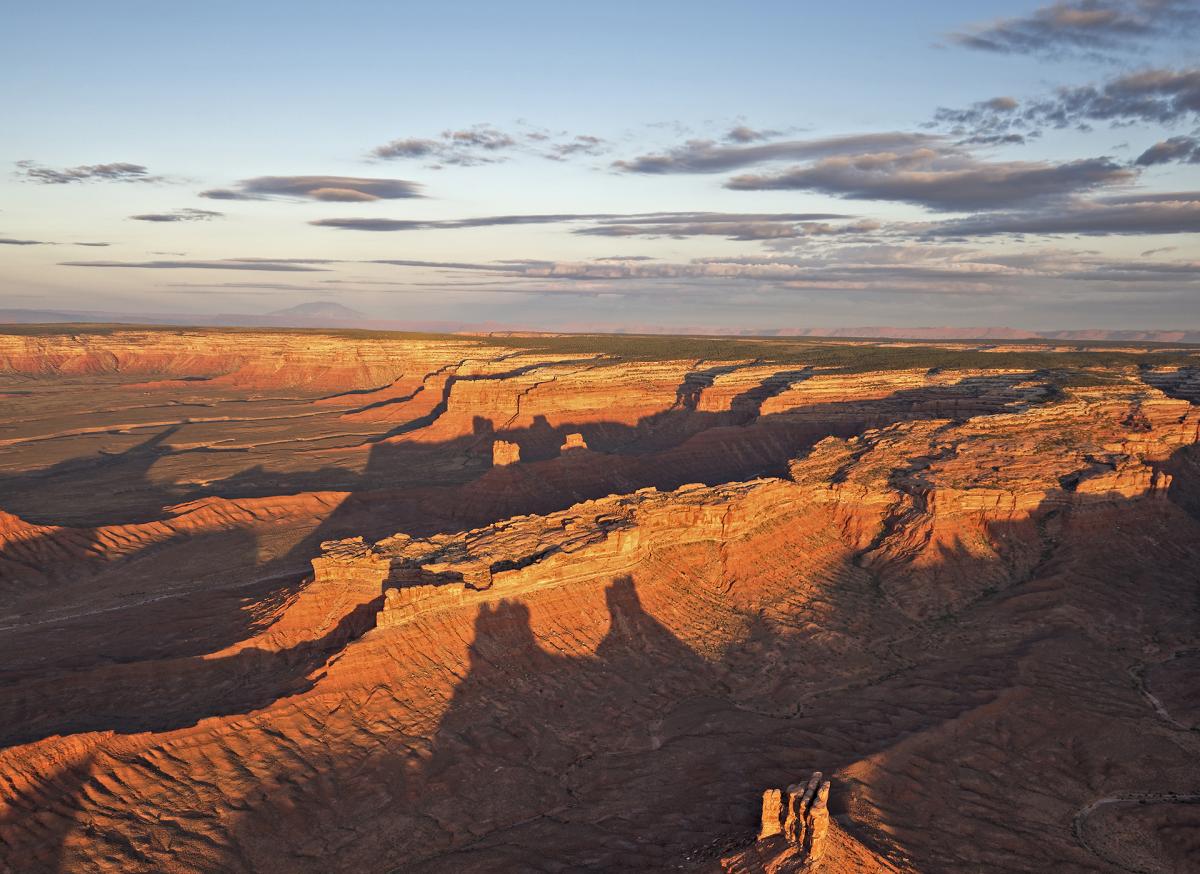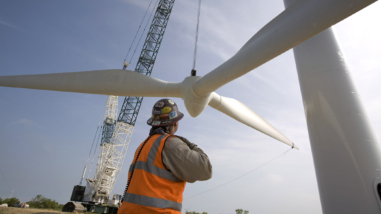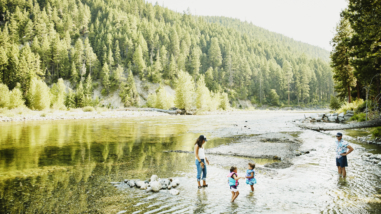Proposed area for Bears Ears National Monument in Utah. (Photo Credit: Adriel Heisey)
Natasha Hale is Native America Program manager for the Grand Canyon Trust, which works to protect the air, water, and wildlife of the Grand Canyon. This is the sixth Q&A in a weeklong series celebrating Earth Day 2016.
How did you become involved with the environment cause?

Growing up in Twin Lakes, New Mexico, on the Navajo Nation, I saw inequality around me and in neighboring towns. All the work I’ve done – from journalism, politics, philanthropy, to conservation work – is about playing a small role in helping to tip the scale toward what’s fair and just.
Who have inspired you along the way?
China Ching, a program officer with the Christensen Fund, is changing the way big funders think about Native American communities and their role within conservation. She’s a bridge between philanthropy and cultural understanding of native communities.
Heather Fleming, CEO of Catapult Design, is addressing climate change and injustice through her pragmatic work as a social entrepreneur and design engineer. She’s making an impact in developing countries and bringing her amazing network to projects in tribal communities.
I admire these two women because they are committed to their profession and have a strong work ethic. They inspire me to work harder!
Can you describe a recent effort that you are proud of working on?
It’s been personally and professionally gratifying to work closely with the Bears Ears Inter-Tribal Coalition and Utah Dine Bikeyah board. I had the opportunity to help bring together five tribal governments around the vision of protecting a culturally important landscape of 1.9 million acres in southeastern Utah.
The Coalition is calling on the federal government to dedicate this land as a national monument. The proposed “Bears Ears National Monument” would involve strong co-management by our Native nations. This vision is an assertion of our right as tribal people to access public lands and sustain our traditions, songs, prayers and identity.
What is one message you would most want to tell world leaders?
We can learn from the wisdom and values of Native communities around the world, especially in face of the global environmental crisis. We can be inspired by their simple and profound lives.
What sustains you?
Chilling with my husband, puppies, friends and family are a constant reminder of what’s real in life. I’m happiest when I’m with them, no matter what we are doing together. Going to ceremonies, reading, hiking the Colorado Plateau, camping, fishing and riding horses makes my heart happy and keeps me energized and inspired.
What do you hope can be achieved in the next decade?
The staff and boards of conservation organizations need to be a true reflection of our diverse society. I’d love to see both the conservation community and philanthropic community make a more concerted effort and take a more open-minded approach to breaking the “green ceiling.”
My hope is that the Bears Ears movement, and intermediaries like the Colorado Plateau Foundation, can serve as a catalyst for a paradigm shift in how the broader conservation community understands, supports and funds environmental projects.




